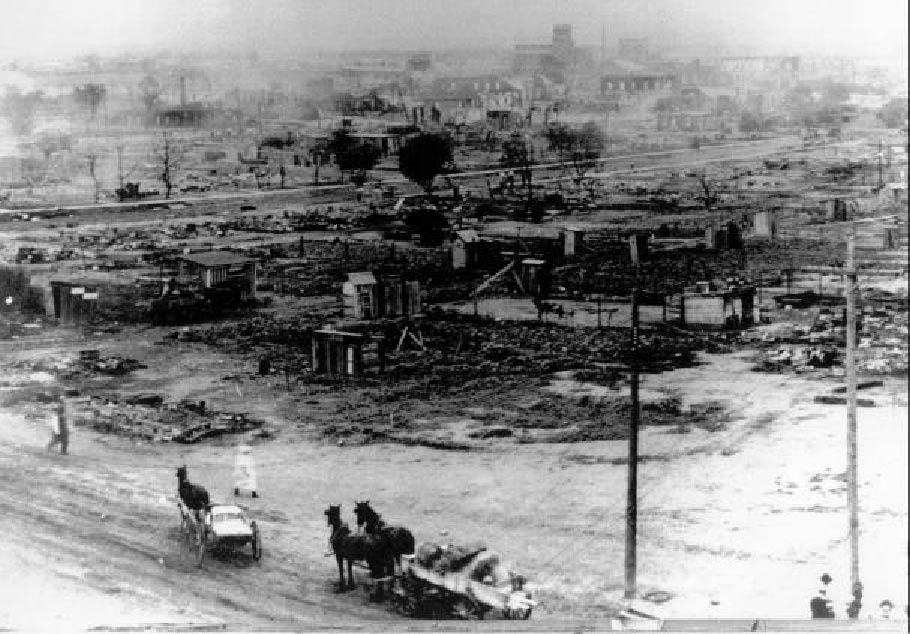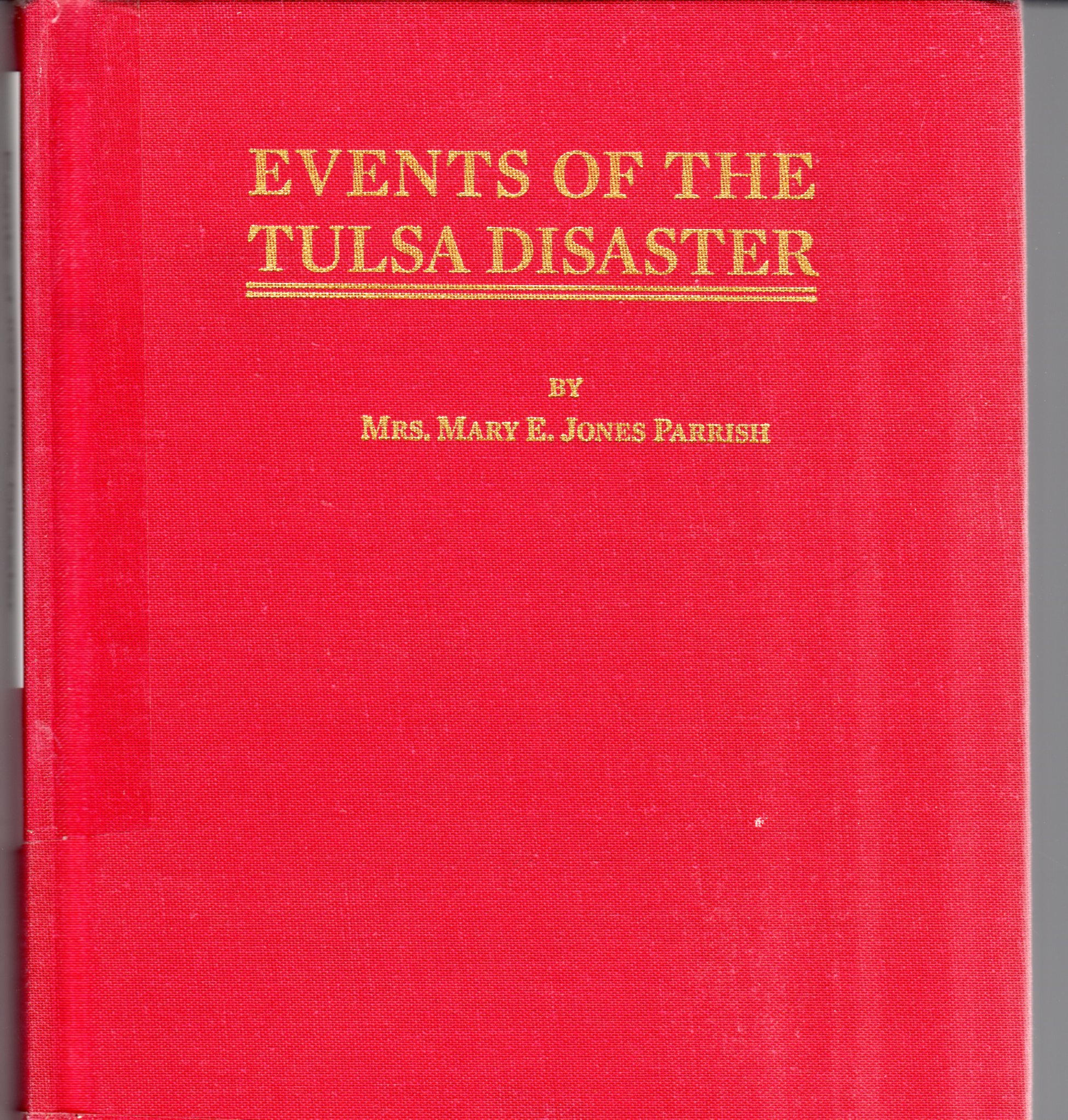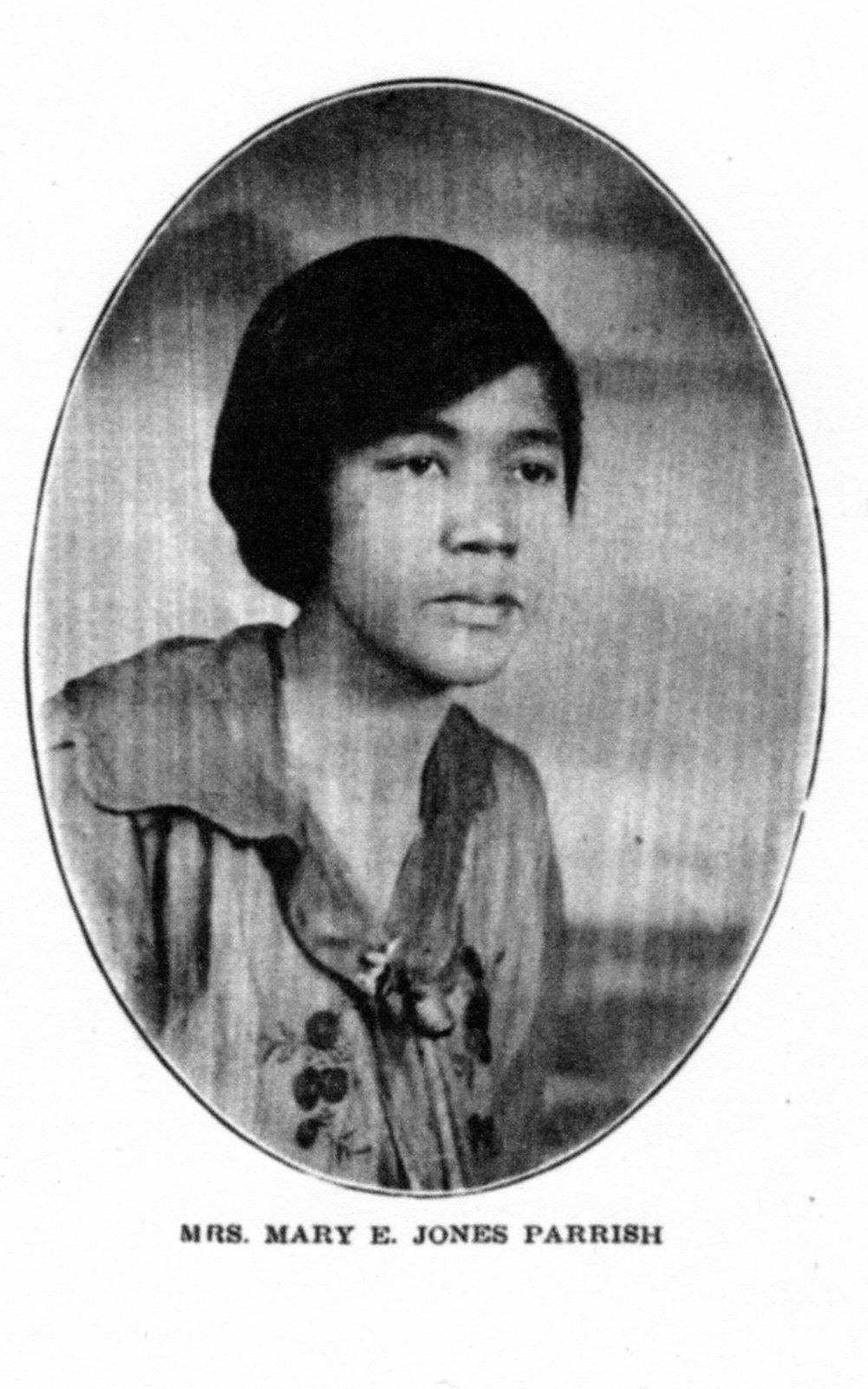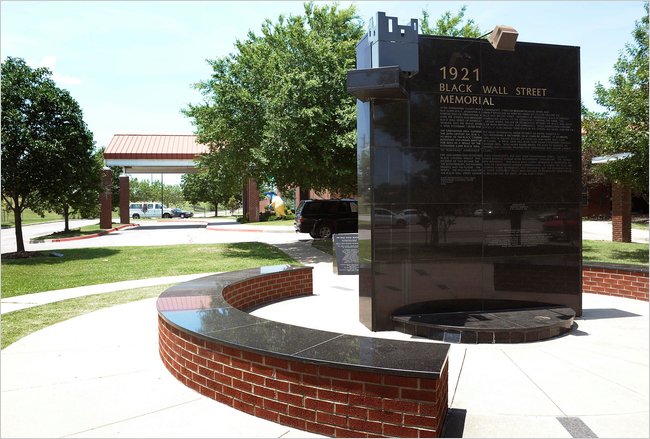If you have been following my blogs regarding the 1921 Tulsa Race Riot, you know that I used this infamous event in history as the backdrop for my 4-book Tulsa Series. Because so little is known about the details of the riot, I have penned a few blogs to fill in the empty spaces for history lovers in the crowd.
In my last Tulsa Race Riot blog, I explained how city officials, in their need to cover up and silence the truth, turned away assistance from other organizations that would have helped the victims of Greenwood who were now homeless (and most were penniless). The Red Cross, however, made their presence known and there were known as the “angels of mercy.” (Here’s that post in case you missed it.)
High School Becomes an Emergency Hospital
In the aftermath of the 18 hours of killing, Booker T. Washington High School rooms and hallways were converted into an emergency hospital. The sight of burned and injured Greenwood citizens was horrific.
A Successful Barber Loses All
Once the citizens of Greenwood were slowly but steadily allowed to return to their homes, they were shocked by the extent of the total devastation of their once-flourishing community.
The following story gives a clearer picture of what Greenwood had been like before the riot. This successful barber, whose business and home were both destroyed, tells his story:
From a 10-room and basement modern brick home, I am now living in what was my coal barn. From a 5-chair white enamel barber shop, 4 baths, electric clippers, electric fan, 2 lavatories and shampoo stands, 4 workmen, double marble shine stand, a porter and an income of over $500 to $600 per month, to a razor, strop, and folding chair on the sidewalk. – C. L. Netherland
Mr. Netherland’s account is quoted from the book, Events of the Tulsa Disaster written by eyewittness, Mrs. Mary E. Jones Parrish. Also in Mrs. Parrish’s book she told of her personal experience of attempting to find clothing for herself and her young daughter after having lost everything in the fires. She went to the Red Cross center where long lines of women and children waited to have clothing handed to them. All were under armed guard. In her book she described the situation like this:
Here I found stacks of clothing and shoes. Having worked hard always for an independent living, thereby being able to have what I wanted within reason, this was wormwood and gall to me, just to be standing around waiting to get a change of clothes. But what could I do? What we had on were soiled, they being all we had and I was not yet permitted to go to town to purchase more. I succeeded in getting a change. On leaving this room everyone was searched to see that no one had more than a change. (Horrors!)
 Tulsa Tempest – First Book in the Tulsa Series
Tulsa Tempest – First Book in the Tulsa Series
The first book of the Tulsa Series, Tulsa Tempest, reveals the events that lead up to the riot, with the main character, young Tessa Jurgen being unwittingly drawn into the violence.
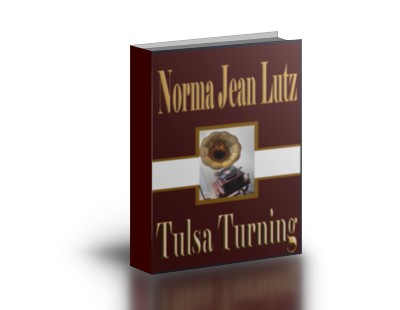 Tulsa Turning – Second Book in the Tulsa Series
Tulsa Turning – Second Book in the Tulsa Series
The second book in the series, Tulsa Turning, deals with the aftermath as described above. A female newspaper reporter, Clarette Fortier from New York City, is assigned by her newsroom chief to travel to Tulsa to cover the June 1 Race Riot.
Adventure-loving Clarette, struggling to carve out a place for herself in a man’s world of newspaper reporting, uncovers facts in Tulsa that those in control are trying to hide. Her hard-headedness and her sense of what is right places her in danger.
That part of the novel is true. What was hidden when Clarette arrived in Tulsa the summer of 1921, remained buried for decades! This article appeared 2011 in the New York Times.
Buried Deep
A grand jury at the time blamed the black community for the riot. No one was convicted of participating in the riot; no one was compensated for lost property. Soon after, the story essentially disappeared — buried so deeply that people who lived their entire lives here, including prominent leaders like mayors and district attorneys, said they had never heard of the riot until recent decades.
http://www.nytimes.com/2011/06/20/us/20tulsa.html?pagewanted=all
This NY Times reporter had it right. In the years that I have lived in the area, I met very few people who had any idea the riot had even occurred. Upon learning that I was researching to write a series of novels, people’s reaction was usually something like, “You’re researching the what?”
Greenwood Memorial Center
If you visit Greenwood today, you will see a beautiful edifice and a memorial to honor those who lost so much. As I gaze at that memorial reading the names there, I can’t help wondering what life would have been like had the destruction never occurred. Life for Greenwood and for Tulsa.
It’s nice to dream – but, sadly, no one will never know!
~*~*~*~*~*~*~*~*~*~*~*~*~
Tulsa Tempest now available on Kindle!
~*~*~*~*~*~*~*~*~*~*~*~*~
Photo Credit: Greenwood Cultural Center

